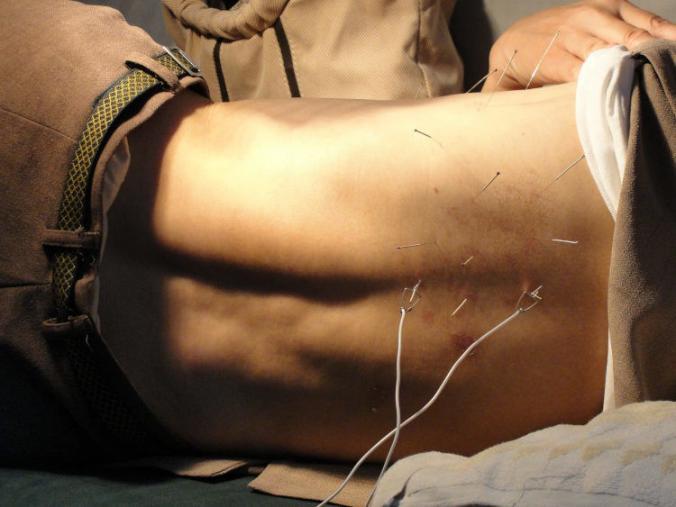Did you know that the Department of Labor and Industries (L&I) has an acupuncture pilot project? Until very recently, acupuncture as a treatment was not covered on L&I claims. Recently L&I decided to launch a pilot program designed to collect information about the use of acupuncture to treat low back pain, including treatment provided by East Asian Medicine Practitioners (EAMPs). During the project L&I will pay qualified providers participating in the project to provide acupuncture treatment to injured workers with low back pain that is related to an accepted condition under their claim.
For treatment to be covered, it must focus on helping inured workers heal and return to work. Furthermore, the treatment must be ordered by the attending provider (AP) and documentation must show clinically meaningful improvement in pain and function with the acupuncture treatment. If these conditions are met, up to 10 acupuncture treatments over the lifetime of the claim may be authorized. As treatment progresses, participating providers are required to use the Oswestry Disability Index and 2-item Graded Chronic Pain Scale score to assess the improvement in pain and function and send reports to the Department continuing this data.
As an attorney representing Washington State injured workers, I am very excited that the Department is finally exploring acupuncture as a treatment option under L&I claims. For years, acupuncture has often been recommended to assist injured workers in overcoming painful conditions and dependence on pain medications like opioids. However, injured workers were often disappointed to learn the recommended treatment would not be covered by the Department. It was not uncommon for me to represent individuals so desperate for pain control they were willing to cover the cost of acupuncture treatment out of pocket. However, for struggling injured workers, paying out of pocket is often not possible. In my experience, many injured workers have had very positive results from acupuncture.
Are you an injured worker that has been able to take advantage of the L&I acupuncture pilot project? If so, I’d love to hear from you about your experience.


